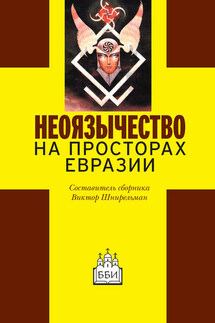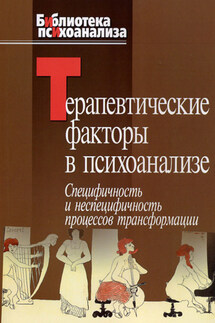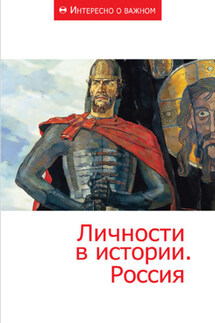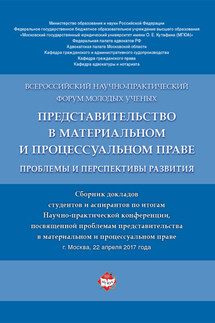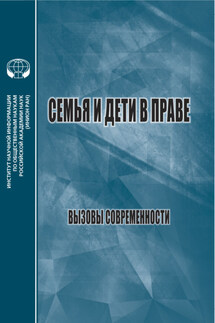Революции в России. Теория и практика социальных преобразований - страница 3
War communism’s focus was on the consolidation of the new military-power hierarchy under civil war conditions, even though it simultaneously exacerbated the economic situation. Meanwhile, Lenin held that socialism, as a system that had reached completion, would only be composed of voluntary associations of economic-productive communities organized from below. It was still a state, though, for “there remains for a time not only bourgeois law, but even the bourgeois state, without the bourgeoisie” in order to defend the “equality of labor” and public property.13 Lenin differentiated between state and social property even at its inception; before the introduction of war communism, he believed that the productive classes would themselves have to create socialist conditions. War communism was, however, a consistent system of compulsory state-military measures; according to some writers it carried certain traits of the state economic policy of “German war socialism.” Lenin kept the formative theory in sight even while making his most propagandistic political speeches, indicating that until his last day he continued to view the history of the revolution through the lens of Marxist theory (as reconstructed by him).14 Until March 1919, Lenin did not even use the term war communism, and did so afterward mostly in quotation marks. This means that, not just had Lenin not planned “war communism” in either theory or practical political terms, but also that the war communist measures only “coalesced” into a system much later, by the summer of 1919. The “naturalization” of production and distribution, along with the introduction of the ration system and the persecution of private trade, were not a priori economic measures, but sprang from immediate political and social needs.
Just as war communism was not the application of a theory, neither was the NEP the experiment or exercise of one. The Soviet government implemented both war communism and the NEP under the pressure of concrete circumstances, requirements, and needs – without foreseeing its internal or international effects. In both cases their ideologies – the theoretical justification of the “systems” – were developed either parallel to their introduction, or as a follow-up (though war communism incorporated a number of elements from German war economic policy, and the NEP included elements from the “market economy” of the winter and spring of 1918). The NEP meant substituting militarized production – including the ration system, strict state distribution, and the compulsory appropriation of grain – with money and market conditions, reinstituting free trade and introducing taxes in kind. Often forgotten is that, at the same time, the partial reinstatement of capitalist conditions entailed a general social transformation, a restructuring of social classes and groups, and a change in their relationships.
